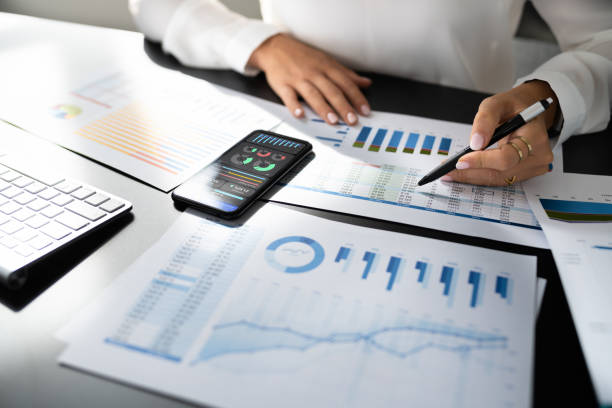Numbers Speak: Delving into the Positives of Quantitative Observation

Introduction: The Exciting World of Quantitative Observation
Have you ever wondered how scientists arrive at those specific numbers in research? Or why data-driven decisions are taking the business world by storm? In the very center of this world lies the field of Quantitative Observation. It’s a dynamic tool that, when harnessed, brings precision and clarity to investigations.
Quantitative Observation: A Closer Look
Quantitative observation involves counting or measuring physical quantities. Unlike qualitative observations, which describe qualities of something, quantitative observations give you concrete, definitive data.
Origins of Quantitative Observation
The roots of this technique trace back to ancient civilizations. The Egyptians, for instance, employed quantitative measures in building their magnificent pyramids. With the evolution of humans our interests towards accuracy and quantification also evolved.
Importance in Modern Science
In contemporary research, quantitative observation is invaluable. Scientists use it to ensure replicability, accuracy, and objective understanding. Think about medical research; the exact measurement of drug dosages or cell counts is critical!
Tools and Techniques
From simple rulers and stopwatches to sophisticated devices like electron microscopes, the array of tools available for quantitative observation is vast. The choice of tool often depends on the nature of the research and the desired precision.
Real-life Applications of Quantitative Observation
Apart from being a scientific concept, it this also affects our daily lives. From financial forecasting to fitness tracking, quantitative observation is everywhere!
Business and Marketing
Companies rely on quantitative observation to evaluate market trends, customer preferences, and the success of marketing campaigns. Every time you receive a targeted advertisement online, remember that there’s a wealth of quantitative data behind it.
Healthcare and Medicine
Healthcare is a very serious field, and accurate data can legitimately be a matter of life and death here. Doctors and researchers use quantitative observation to diagnose conditions, devise treatment plans, and develop groundbreaking drugs.
Education and Learning
Ever wondered how standardised tests are created? Or how educators gauge the effectiveness of teaching techniques? Through detailed, quantitative observations!
Advantages and Limitations
Strengths
1. Objectivity: Data doesn’t lie. It gives you a clear, unbiased picture.
2. Replicability: Others can validate or challenge findings by replicating the observation.
3. Wide Applicability: Its uses span across fields, from astrophysics to zoology.
Drawbacks
1. Doesn’t Capture Everything: Not everything can be quantified. Emotions, for example.
2. Potential for Error: Mistakes in measurement or tools can skew results.
3. Can be Costly: Especially when high-end tools or large sample sizes are involved.
Trends in Quantitative Observation
With the advent of AI and machine learning, the future of Quantification, as with all other fields, is assuring. Automated tools and advanced software are revolutionizing how we gather and interpret quantitative data.
Integration with Qualitative Methods
Blending the numerical precision of quantitative observation with the nuanced insights from qualitative methods is a growing trend. This holistic approach offers a richer understanding of research subjects.

FAQs
- What distinguishes quantitative observation from qualitative?
Quantitative observation deals with numbers and measurable data. In contrast, qualitative observation focuses on characteristics and descriptions that aren’t easily measured.
- How is quantitative observation used in the business world?
Businesses utilise this method to analyse sales data, customer feedback scores, website traffic, and more, to make informed decisions.
- Can quantitative observation be subjective?
While the data itself is objective, interpretation can introduce subjectivity, especially if there’s bias in how data is collected or analysed.
- What tools are crucial for quantitative observation in research?
The tools vary based on the research. For instance, a biologist might use microscopes and scales, while a meteorologist would use barometers and thermometers.
- Is quantitative observation expensive?
The cost can vary. Some basic observations using simple tools can be inexpensive, but large-scale studies or those requiring specialised equipment can be costly.
- How is this method evolving with technology?
The rise of AI, big data analytics, and machine learning is enhancing the efficiency, speed, and depth of quantitative observations.
Conclusion
Quantitative Observation is not without its limitations, but it has its significance in enhancing our comprehension of the universe. With its focus in measurable and concrete data, it is a fundamental pillar in the world of scientific research and real-world scenarios.
External Links/ Sources:
How are quantitative and qualitative observations different?
